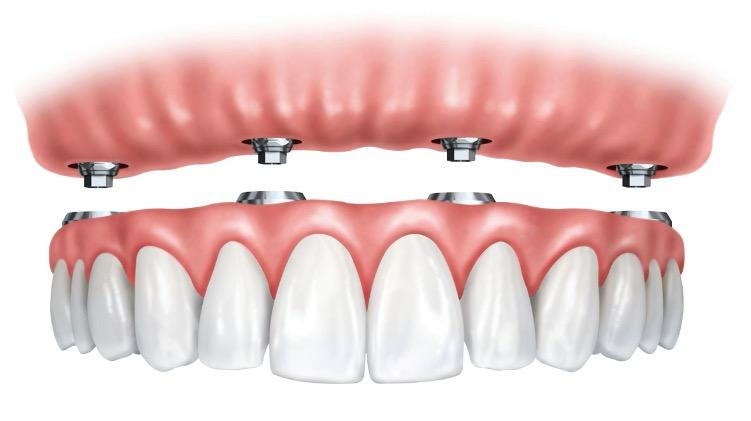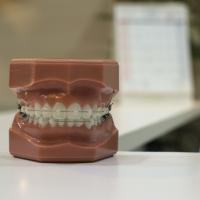Home > Blog > Skin and Body
All You Need to Know About All-on-4 Implants

All-on-four implants have gained enormous popularity as a means of replacing missing or bad teeth in a whole dental arch. So what is all-on-four and why is it becoming such a trendy option for treatment? Let’s find out.
What are All-On–4 Dental Implants?
Dental implants are essentially metal posts, usually titanium, which are surgically placed in the jaw bone and can act as anchors for replacement teeth to be attached. This leads to strong, durable dental restoration supports that can last a lifetime. Implant placements can be a costly undertaking. Reducing the number of implants needed substantially lowers the cost and surgical sites required for predictable and prolonged dental restoration. Modern techniques frequently employ four implants and a fixed bridge. This surgery has come to be called all-on-four, or sometimes AO4, and has been widely used to replace a full arch of teeth.
All-On-4 Costs
In New Zealand, the average cost is reported to range from $12,000 to $28,000 per arch. This includes restoring permanent teeth on both the maxillary and mandibular jaws. However, this price can vary greatly, and what you get as your final restore may vary as well. Be sure to obtain an estimate that includes the entire procedure, with all fees disclosed.
Procedure
Having full teeth arches replaced utilising the All-on-4 technique takes several visits, often to different doctors, and often months of healing time between stages. X-rays will be taken of any remaining teeth during the consultation to gauge their health. Afterward, impressions of each jaw are taken to create precise mouth models. 3D images of the jaws are taken when the appropriate equipment is present on site. There is a collection of photos, health history, and other information which is accumulated to finalise the entire process.
Treatment Plan
The oral surgeon or dentist will study the records before the first surgical appointment and plan the process from beginning to end. They then use the 3D images taken from the jaw bone to create surgical guides. Such guides help the surgeon to position the implants precisely while avoiding features such as nerves and sinus cavities. The first surgical procedure is to remove any remaining teeth that must emerge. This can sometimes be achieved at the same time as the placement of an implant. Extractions are most often required, and then allow for the mouth to heal first. Once healing has taken place, the actual surgery with the implant can be performed.
The patient is numbed for the procedure and probably sedated. The surgical guides are used to poke small holes in the right spots in the bone, precisely. In the all-on-4 procedure, four areas are prepared in this way. Titanium posts are then placed in these holes. A small peg is placed on top of the implant, called a healing cap. This allows healing and attachment of the bone and gums to the prosthesis before the first load is placed on them. It can take three to six months for this process to heal.
Upon completion of the healing phase, the prosthetics are firmly attached to the bone. They can then attach custom tops, called abutments, to the implants. These abutments are then used as the basis for creating crowns or bridges. Your smile will be restored altogether at that point. They should feel similar to your natural teeth - durable and efficient.
Recovery
After extractions, sinus lifting procedures or bone grafting, recovery may involve three or four months to heal. After implants are placed, it may take an additional 3 or 4 months to enable them to fuse to the bone. Eventually, this may take a year or more to complete the procedure.
More to Read:
Previous Posts:






